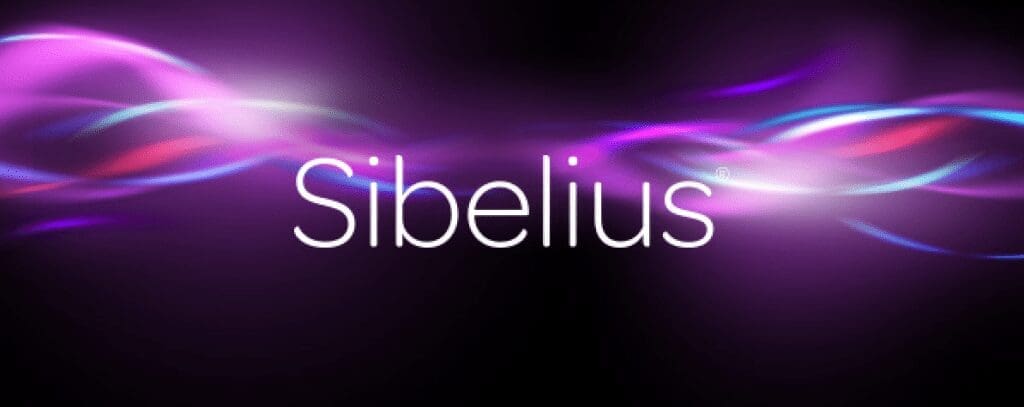
Are you a musician or composer looking for a reliable music notation software program? Look no further than Sibelius! Developed by British twins Ben and Jonathan Finn in 1993, this software has become a game-changer in the music industry. With its user-friendly interface, advanced features, and compatibility with different operating systems, Sibelius has become a go-to tool for professionals and amateurs alike.
Over the years, Sibelius has evolved through various iterations, improving and enhancing its features with each new version. From movie composers like John Williams and Hans Zimmer to your everyday band teacher, Sibelius is a tool of choice for creating music for film, television, video games, and everything in between.
In this article, we’re going to give you the lowdown on Sibelius software. We’ll take a deep dive into the founders, the history, the current CEO, and the company behind the software – and review all the different versions of Sibelius software and compare their features. We’ll also give you our rating, and pricing information, and tell you where you can buy, download, or obtain the software. And of course, we’ll provide you with reviews from customers and experts alike.
So, sit back, relax, and get ready to learn everything you need to know about this software!
From Twin Brothers to Musical Legends: The Story of Sibelius Music Software
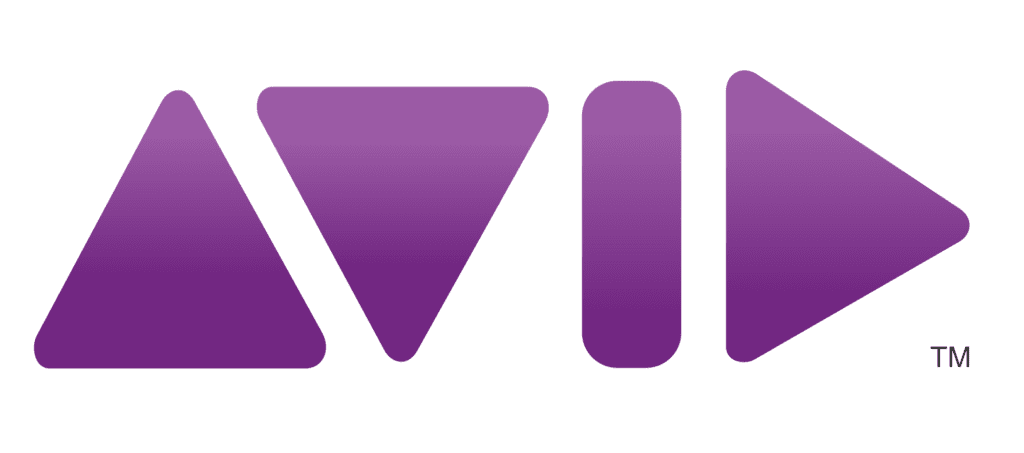
Once upon a time in 1993, two twin brothers, Ben and Jonathan Finn, got fed up with the limitations of existing music notation software. Ben was a composer and conductor, and Jonathan was a computer programmer. So, they decided to create their own music notation software, which would be more user-friendly and feature-packed.
Their first creation was Sibelius 7, which they released in 1998. It was an instant hit among musicians and composers because it introduced many new features, such as automatic collision avoidance and a resizable keypad. Soon, Sibelius became the go-to tool for music notation.
In 2006, Avid Technology, a company that specializes in audio and video editing software, acquired Sibelius Software Ltd. But, Avid continued to release new versions of Sibelius software, making it even better with each update.
However, in 2012, Avid announced that they would be discontinuing the development of Sibelius software due to financial concerns. The music community was outraged, and users protested the decision, calling for the software to be saved.
Thankfully, a group of investors came to the rescue in 2013, acquiring the rights to Sibelius software and forming a new company called Sibelius Software Ltd. The company has continued to develop and improve Sibelius software, with the latest version, Sibelius Ultimate, being released in 2018.
Today, Sibelius is a must-have tool for professional composers, music educators, and students alike. Thanks to the innovative and user-friendly software created by the Finn brothers, it has become a beloved part of the music industry.
The Maestros Behind Sibelius: A Look at the CEO and Company Behind the Software
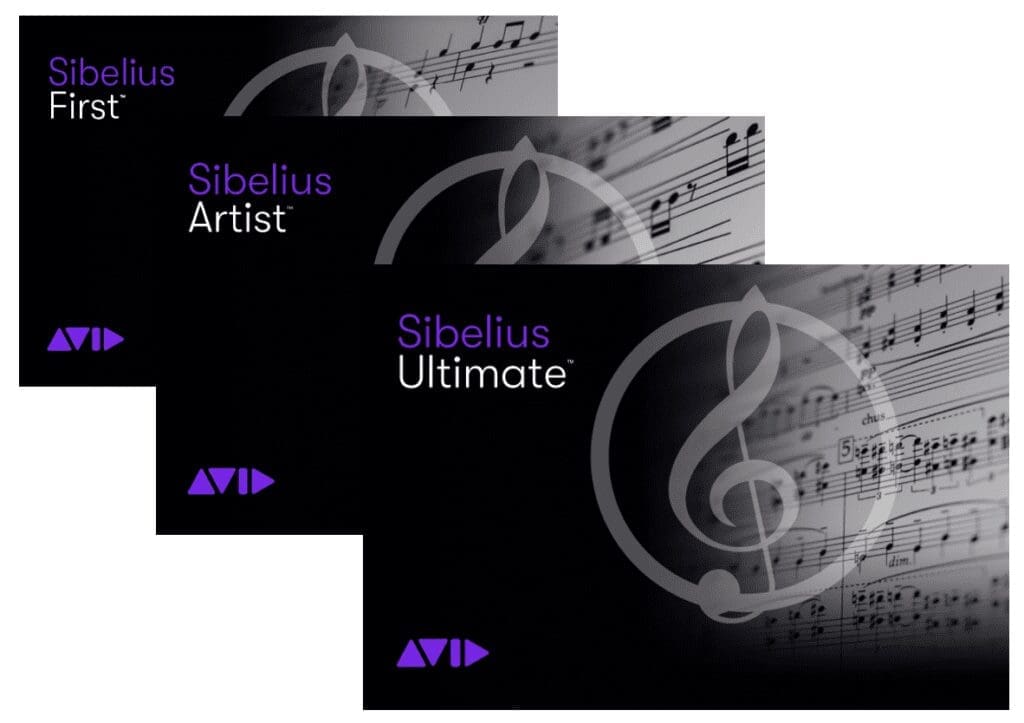
So, who’s in charge of this amazing software? Well, after Avid Technology acquired Sibelius Software Ltd in 2006, Gary Greenfield, the CEO of Avid, took the reins of Sibelius. Under his leadership, Sibelius’s software continued to grow and improve, introducing new features and capabilities that made it even more popular among musicians and composers.
However, in 2012, things took a bit of a turn. Avid announced that they were discontinuing the development of Sibelius software, leaving users worried about the future of their beloved tool. But fear not, because, in 2013, a group of investors led by Joe Trupiano swooped in and saved the day by acquiring the rights to the software and forming a new company, Sibelius Software Ltd.
Joe Trupiano took on the role of CEO and brought together a talented team of developers and marketers to keep Sibelius software going strong. Together, they’ve continued to develop and improve the software, culminating in the release of Sibelius Ultimate in 2018.
Based in London, England, Sibelius Software Ltd is dedicated to creating software that helps musicians and composers realise their musical dreams. They’re constantly innovating and working closely with their users to ensure that their products meet the needs of the music community.
So, with a passionate team and a commitment to excellence, Sibelius Software Ltd is a company that truly understands the needs of musicians and is dedicated to helping them share their music with the world.
The Evolution of Sibelius: A Journey Through the Iterations of the Software
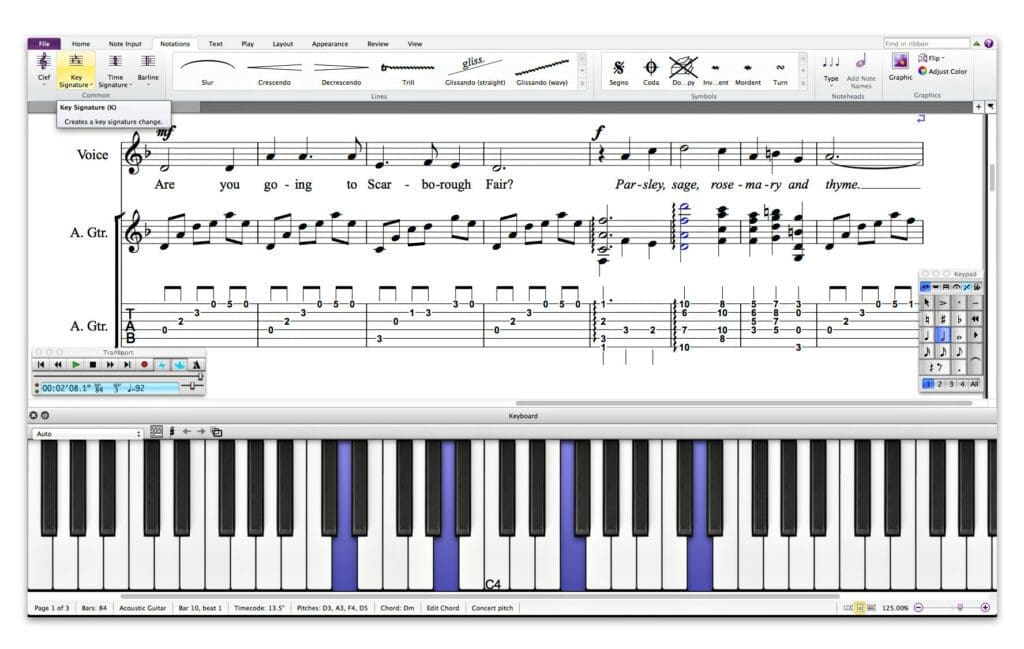
Let’s take a journey through time and explore the various iterations of Sibelius software. From its first release in 1998 to the latest version, Sibelius Ultimate, this software has come a long way in terms of features and capabilities.
Sibelius 1, the OG version, hit the market in 1998 and was a hit among users. Its magnetic layout feature allowed musicians to easily move and adjust musical elements on the page, while the dynamic parts made creating parts for multiple instruments a breeze.
Fast forward to 2001 and we have Sibelius 2, which introduced support for VST instruments and the ability to import MIDI files. It also brought with it the Sibelius Player, which allowed users to hear their compositions played back using high-quality instrument samples.
Sibelius 3 in 2004 introduced the “Ideas” feature, which allowed users to quickly jot down musical ideas and incorporate them into their compositions. It also introduced MusicXML support, making it easier to share musical data with other programs.
With the release of Sibelius 4 in 2006, guitar tablature creation became possible. The plug-in architecture allowed users to create and share their own plug-ins, and improved playback capabilities were added.
New Features
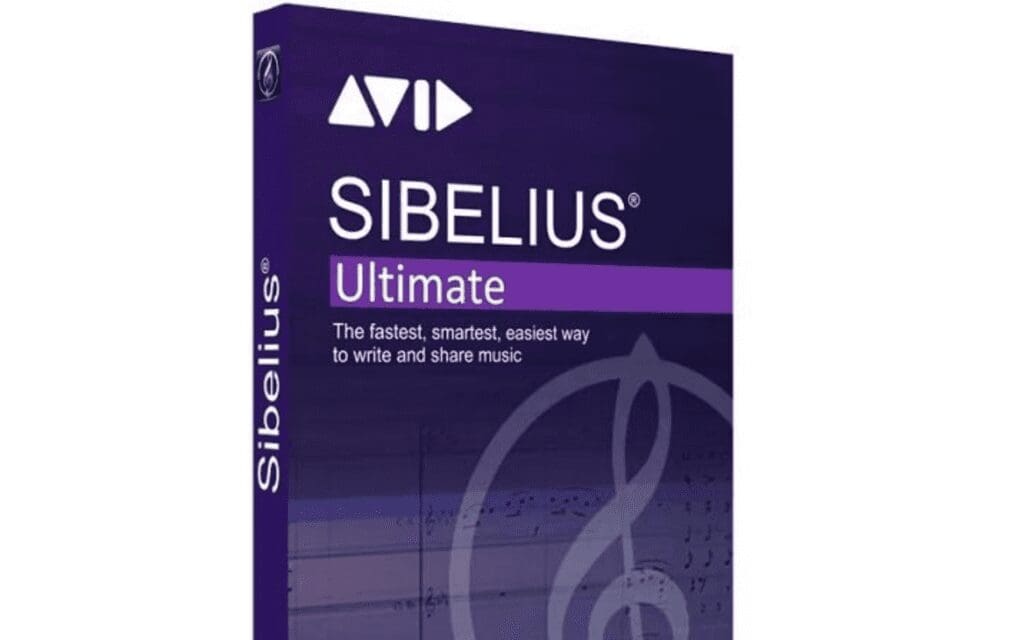
Sibelius 5 in 2007 had a new task-based interface, improved sound quality, and support for multi-core processors. Sibelius 6 in 2009 continued the tradition of innovation with the introduction of Magnetic Layout and new features for composing music.
The Sibelius 7, released in 2011, introduced a new user interface that was designed to be more intuitive and user-friendly. It also had the ability to import and export MusicXML files, support for custom keyboard shortcuts, and improved playback capabilities.
Sibelius 8, released in 2015, boasted a new user interface that was even more user-friendly and supported for high-resolution displays. It also improved integration with cloud storage services, among other things.
The latest and greatest version, Sibelius Ultimate, released in 2018, has advanced graphics capabilities, support for multi-touch gestures, and improved notation tools. Sibelius Ultimate is the most feature-packed version of the software yet!
Sibelius software has come a long way since its initial release, with each iteration introducing new features and capabilities that have made it an essential tool for musicians and composers.
Score Like a Pro: Unleashing the User-Friendly Power of Sibelius
Let’s be real, no one wants to spend hours trying to figure out how to use complicated software. Luckily, Sibelius is known for its user-friendly interface and intuitive design, making it easy for musicians and composers to create beautiful scores with ease.
One of the standout features of Sibelius is its Magnetic Layout. This fancy feature automatically positions musical elements on the page in a way that makes sense, so you don’t have to waste time moving things around manually. And let’s be honest, who has time for that?
Another cool feature is the Ideas Hub. This nifty tool allows you to quickly jot down musical ideas and then seamlessly incorporate them into your compositions with just a few clicks. It’s like having a musical idea notebook built right into the software!
Sibelius also has a built-in mixer that allows you to adjust the volume, pan, and other aspects of each instrument. This makes it easy to get the perfect sound for your masterpiece.
And don’t worry if you’re not a music notation expert, because Sibelius has got you covered. With its comprehensive set of notation tools, you can create complex scores with ease. Plus, it even has support for guitar tablature, chord symbols, and a variety of other musical notations.
Sibelius Ultimate takes it up a notch with advanced graphics capabilities, allowing you to add images and videos to your scores. This feature is perfect for film composers and those creating multimedia projects.
Overall, Sibelius’s usability is top-notch. It’s easy to use, even for beginners, while still providing the advanced features and tools needed for professional-quality compositions.
The Power of Sibelius: From Custom Playback to Cloud Sharing
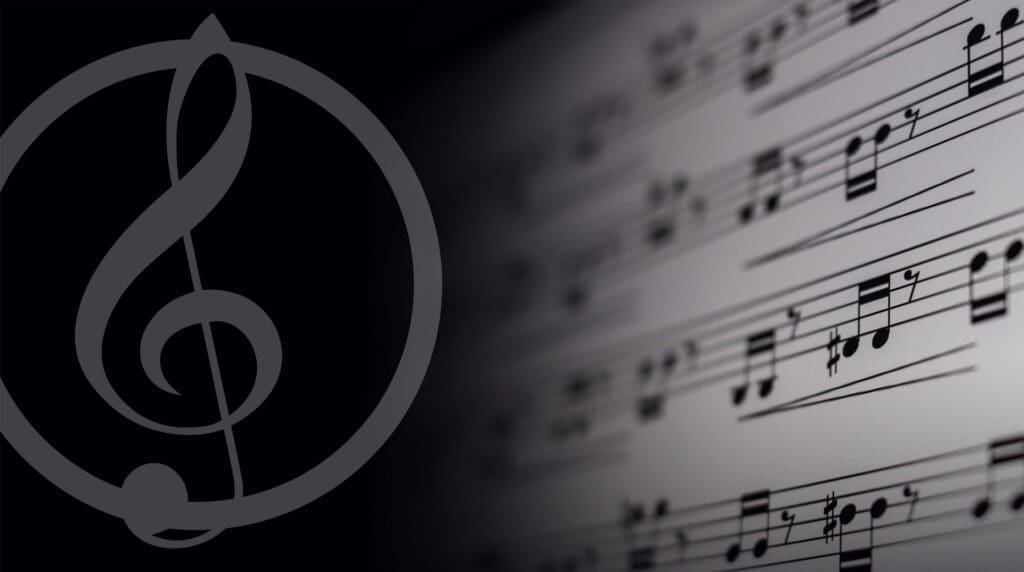
Sibelius is packed with awesome features that will help you take your compositions to the next level. Whether you’re a seasoned composer or just starting out, you’ll find something in Sibelius to make your musical creations shine.
One of the coolest features is the ability to share your scores online. With Sibelius Cloud Sharing, you can easily share your compositions with anyone, anywhere in the world. No more printing out scores or sending them via email. Just upload your score to the cloud and share it with your collaborators or fans.
Another great feature is the ability to add comments and annotations directly to your score. This is perfect for giving feedback to your fellow musicians or making notes for yourself as you work through a composition.
Additional Features
Sibelius also has a vast music library of sounds and instruments to choose from. You can create anything from a solo piano piece to a full orchestral score, and it will sound amazing.
One of the most powerful features is the ability to create custom playback configurations. This means you can adjust the sound of each instrument to get the exact sound you want. Whether you’re composing for film, TV, or video games, Sibelius has got you covered.
And for those of you who like to work on the go, Sibelius even has a mobile app that allows you to create, edit, and share your scores from your phone or tablet. It’s perfect for those moments of inspiration that strike when you least expect them.
Overall, the features in Sibelius are designed to help you create amazing music and share it with the world. With the ability to share your scores online, add comments and annotations, choose from a vast library of sounds and instruments, create custom playback configurations, and work on the go with the mobile app, Sibelius is a musician’s dream come true.
Sibelius: The Composing Companion You Can’t Live Without – Rating and Pricing Revealed!

So, how much does Sibelius cost? Well, the price can vary depending on which version you choose. The standard version of Sibelius starts at around $12.99 per month or $89 for an annual subscription. This version is great for those who are just starting out and don’t need all the advanced features.
If you’re looking for more advanced features, you might want to consider Sibelius Ultimate. This version includes everything in the standard version, plus additional features like advanced graphics capabilities and support for video scoring. Sibelius Ultimate starts at around $24.99 per month or $199 for an annual subscription.
As for the rating, we have to give Sibelius a solid 9 out of 10. The software is incredibly user-friendly and packed with features that make composing and sharing music a breeze. The only downside is the price, which can be a bit steep for some users.
However, when you consider the advanced capabilities of the software and the fact that it’s used by some of the most talented musicians and composers in the world, the price is well worth it. Plus, with the ability to try Sibelius for free before you buy, you can see for yourself just how amazing this software truly is.
Compose Like a Pro: Our Final Impressions
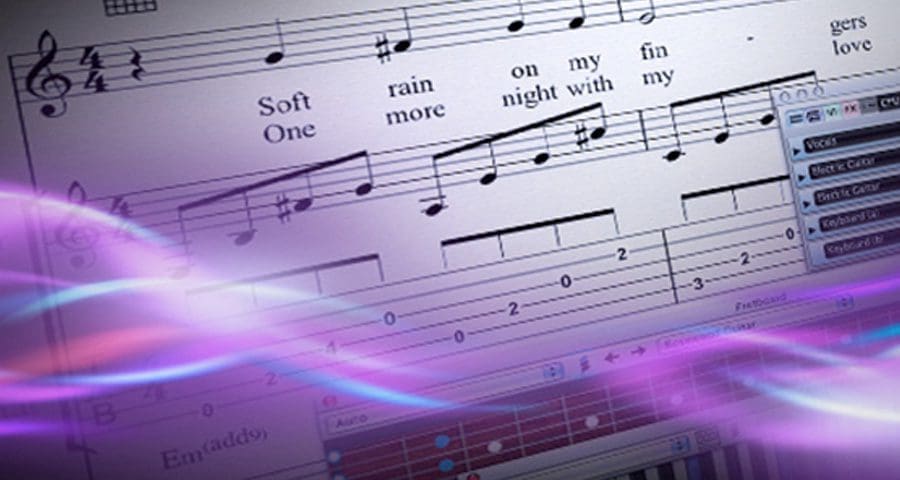
Wrap it up, folks! Sibelius is the perfect companion for musicians looking to take their compositions to the next level. With its user-friendly interface and the vast library of sounds and instruments, composing music has never been easier.
Whether you’re a pro or just starting out, Sibelius has got you covered with all the features you need to create your masterpiece. Plus, the ability to collaborate with other musicians and share your scores online makes Sibelius a game-changer for the music industry.
Sure, the price might be a bit steep for some, but when you consider the advanced capabilities and the ability to try it out for free, it’s a no-brainer. Sibelius is an investment in your musical career that you won’t regret.
So, what are you waiting for? Give Sibelius a try and take your music to the next level!









